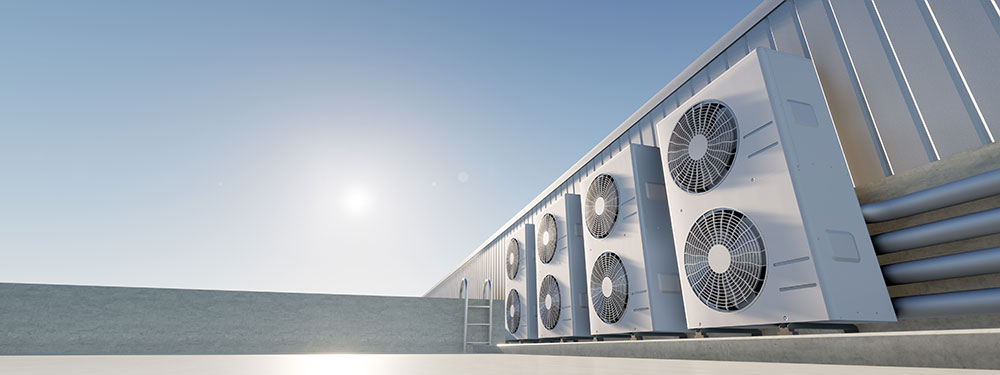
As a commercial electric and HVAC contracting company, ensuring optimal heating and cooling solutions is paramount. Large commercial spaces present unique challenges when maintaining comfortable temperatures efficiently. The following dives into practical strategies for heating and cooling in these expansive environments, balancing comfort, cost-effectiveness, and sustainability.
- Assessing the Space: Before implementing any heating and cooling strategy, a thorough assessment of the commercial space is essential. Factors such as square footage, ceiling height, insulation, and the building’s orientation are crucial in determining the most suitable HVAC (Heating, Ventilation, and Air Conditioning) system.
- High-Efficiency HVAC Systems: Investing in high-efficiency HVAC systems tailored to the specific needs of large commercial spaces can yield substantial benefits. Variable refrigerant flow (VRF) systems, for instance, offer precise temperature control, energy efficiency, and zoning capabilities, allowing different building areas to be heated or cooled independently based on occupancy and usage patterns.
- Utilizing Smart Controls and Automation: Integrating smart controls and automation technology enables fine-tuning heating and cooling operations based on real-time data and occupancy patterns. Programmable thermostats, occupancy sensors, and building management systems (BMS) empower facility managers to optimize HVAC settings, minimize energy waste, and maintain comfort levels only when needed.
- Implementing Zoning Strategies: Large commercial spaces often have diverse areas with varying heating and cooling requirements. Implementing zoning strategies through dampers, variable air volume (VAV) systems, or VRF technology allows for customized temperature control in different zones, optimizing energy usage and enhancing occupant comfort.
- Harnessing Renewable Energy Sources: Incorporating renewable energy sources such as solar panels or geothermal heat pumps can significantly reduce reliance on traditional energy sources and lower long-term operational costs. Integrating renewable energy systems into the heating and cooling infrastructure aligns with sustainability goals while mitigating environmental impact.
- Regular Maintenance and Monitoring: Proactive maintenance and continuous monitoring of HVAC systems ensure optimal performance and identify potential issues before they escalate. Scheduled inspections, filter replacements, and equipment calibration help maximize efficiency, extend the lifespan of HVAC assets, and minimize costly downtime.
- Educating Building Occupants: Educating building occupants on energy-efficient practices and encouraging them to participate in energy-saving initiatives can amplify the effectiveness of heating and cooling strategies. Simple actions such as closing blinds during peak sunlight hours, using fans to circulate air, and promptly reporting any maintenance issues can contribute to energy conservation efforts.
In commercial spaces, effective heating and cooling strategies are essential for maintaining occupant comfort, optimizing energy efficiency, and ensuring operational sustainability. By leveraging high-efficiency HVAC systems, smart controls, zoning techniques, renewable energy sources, and proactive maintenance practices, commercial building companies can create environments that are comfortable, environmentally responsible, and cost-effective in the long run. As technology continues to evolve, embracing innovative solutions will be vital to staying ahead in pursuing efficient and sustainable heating and cooling systems for large commercial spaces.
Maximize savings, prolong equipment life, and discover energy-saving possibilities! Book your complimentary heating and air conditioning audit now at salessupport@herzogelectric.com. No obligations, just benefits!